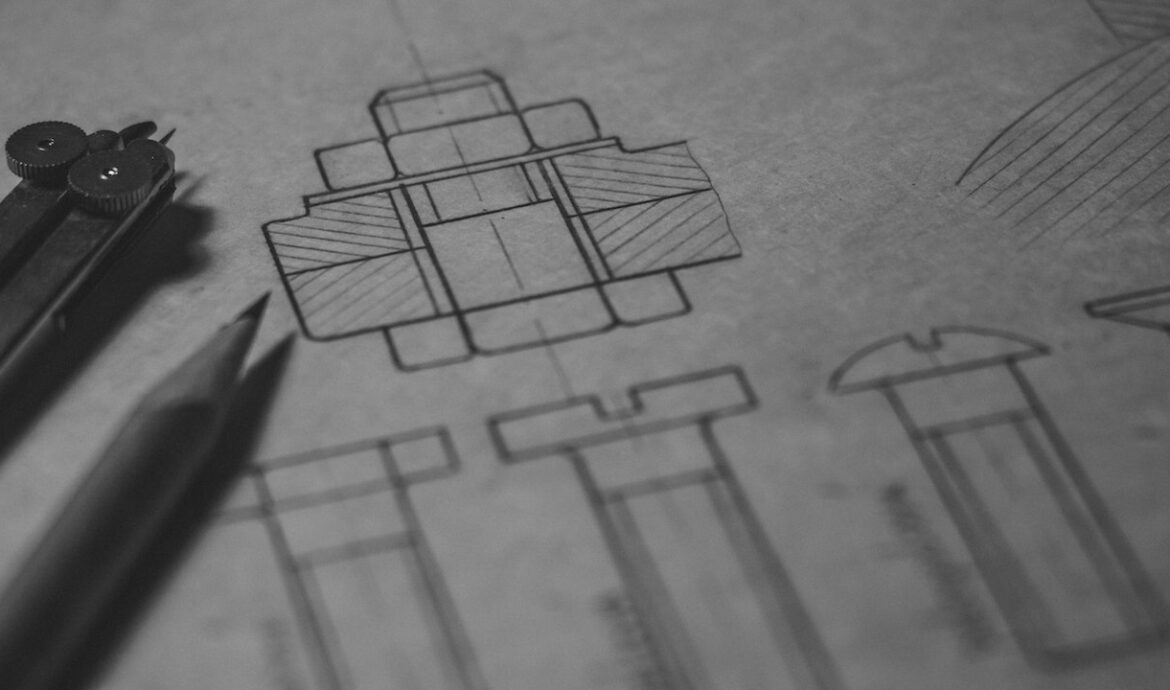Product design courses are built for designing, manufacturing, and using products. Such studies help the candidates make a career in manufacturing and product design. Through this course, candidates will learn to recognise the problems and gather solutions. In addition, they get to analyse high-quality data and work with visual design principles.
Plastic design is referred to as the foundation of the plastic manufacturing industry. Obtaining an accurate design is mandatory before the product goes for tooling. It saves the increasing amount of cost in the lifecycle of the product. Plastic parts are usually used in the automotive industry. It is because of being low cost, light in weight, and provides better efficiency.
There is a high demand for designing fields related to the aerospace and automotive industries. The profiles are of the interior, soft, exterior, and plastic trims.
The plastic product design course helped in learning skills to design parts like dashboards, bumpers, slide cladding, door panels, overhead systems, central consoles, and A/B/C/D pillars. You will be able to acquire skills at an advanced level for designing products.
- The plastic Product Design Course In Bangalore is available: Post Graduate Program in BIW Fixture and Plastic Design. It provides an understanding of the design and development of the body of the vehicle.
- You will gain skills in solving the challenges and understanding engineering concepts. Therefore you can enrol in the Plastic Product Design Course In Chennai.
MASTER COURSE IN AUTOMOTIVE PLASTIC PRODUCT DESIGN- CATIA /NX
- The cost of this course is around twenty-six thousand rupees.
- It provides a certificate after completion of the course.
- One can get access on TV and mobile.
- It consists of 10 CAD tests and thirty-five exercises that One can download.
- This course is divided into 11 modules.
TOPICS THAT ARE COVERED IN THE MASTER COURSE IN AUTOMOTIVE PLASTIC PRODUCT DESIGN- CATIA /NX
- Explanation on plastics
- The process of manufacturing the plastic parts which include injection molding, mold concept, and blow molding
- Summary of the automotive industry
- Process of vehicle development
- Understanding concepts of clay models and the process of launching a car
- Creation of master section and class A to class B surface
- Modification according to the new data
- The process of tooling includes the tool direction, parting line, external undercut, slider lifter concept, internal undercut, and the types to find the direction of tooling.
- Creating B side features like a dog house, heat stake, dog house, screw boss, clip tower, snap, and ribs gussets.
- Power copy concept
- All the technical design guidelines
The product design course helps develop skills in creative design and a sense of technical ability to use materials and production methods creatively. In addition, it helps in gaining presentation and communication skills. Plastic is found everywhere around our surroundings. It is also included in every field, like consumer products, home appliances, construction, automotive, computer, electronics, and mobile and telecom. Therefore, one should learn about the design and application of plastic to make a career in the industry. Mechanical engineers are closely connected with plastics as they are used in consumer and automotive product industries. Nowadays, plastic is replaced with other materials as it has advantages.






